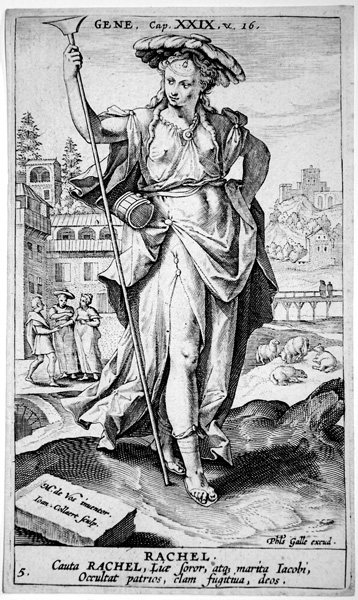Cerulean
It might be the Latin suits that are not fun for people...
Cerulean says:
I understand about what Moonbow is saying about the above. I was thinking stylistically theminors of the Neoclassical/Ancient Tarots of Lombardy followed the delicate decor of Ace through Four for the Latin-suited style of Hombre/Spanish Cadiz playing card reproductions that I like...known as Barajas to some these days...and the Portugese cards (especially those that influenced Japanese playing cards that became Karuta) that I like. The rear and side view of the 'four caballaros' (Knights) are curiously memorable. I found a Japanese-Portugese set of small period set of rearing knight/soldier Portugese-Japanese illustrations in an online presentation that reminded of such Lombardy/Neoclassical/Latin-suited knights.
But this deck stirred my imagination because the costume of the period of 1806-1811 reminded me of old paintings and a Mannerist art style that was retro-recognizeable in Italianate decorations that I loved. I still think it's a pretty and decorative deck that suggests delicacy and times long past--but it can be pretty bland in comparison to many historic Bolognese patterns.
In a way, the Neoclassical 1806-1811/Ancient Tarots of Lombardy might be a transitional style that reflected when the Milanese area of the Kingdoms within Italy was under Napoleanic influence. You might be right, it's closer and a happier comparison looking at the Ancient Tarot of Bologna/Zoni Tarot with a Milanese-produced Marseilles style like...the Soprafino patterns...and the Lombardy might have some similarities in the majors...but perhaps the minors be more a fit with Latin-suited card patterns?
I'm thinking out loud and likely overstating the differences and similarities from memory...sorry to be a latecomer to this thread.
Best,
Cerulean
Moonbow* said:Alan, I am doing a similar exercise to you but with the Soprafino, Liguria-Piedmont, and Bologna for studying and comparison, and some readings with the Vacchetta. Its a very readable deck and makes a change from reading with the Marseilles families for me.
The Lombardy on the other hand, is not a readable deck for me, I find it cold and uninspiring. The people cards are expressionless and snapshot-like as though they are posing. I like to peruse it occasionally and I still wonder about the rear view of the Cavalieres. I don't hear of anyone else reading with this deck and its rarely mentioned.
Cerulean says:
I understand about what Moonbow is saying about the above. I was thinking stylistically theminors of the Neoclassical/Ancient Tarots of Lombardy followed the delicate decor of Ace through Four for the Latin-suited style of Hombre/Spanish Cadiz playing card reproductions that I like...known as Barajas to some these days...and the Portugese cards (especially those that influenced Japanese playing cards that became Karuta) that I like. The rear and side view of the 'four caballaros' (Knights) are curiously memorable. I found a Japanese-Portugese set of small period set of rearing knight/soldier Portugese-Japanese illustrations in an online presentation that reminded of such Lombardy/Neoclassical/Latin-suited knights.
But this deck stirred my imagination because the costume of the period of 1806-1811 reminded me of old paintings and a Mannerist art style that was retro-recognizeable in Italianate decorations that I loved. I still think it's a pretty and decorative deck that suggests delicacy and times long past--but it can be pretty bland in comparison to many historic Bolognese patterns.
In a way, the Neoclassical 1806-1811/Ancient Tarots of Lombardy might be a transitional style that reflected when the Milanese area of the Kingdoms within Italy was under Napoleanic influence. You might be right, it's closer and a happier comparison looking at the Ancient Tarot of Bologna/Zoni Tarot with a Milanese-produced Marseilles style like...the Soprafino patterns...and the Lombardy might have some similarities in the majors...but perhaps the minors be more a fit with Latin-suited card patterns?
I'm thinking out loud and likely overstating the differences and similarities from memory...sorry to be a latecomer to this thread.
Best,
Cerulean


